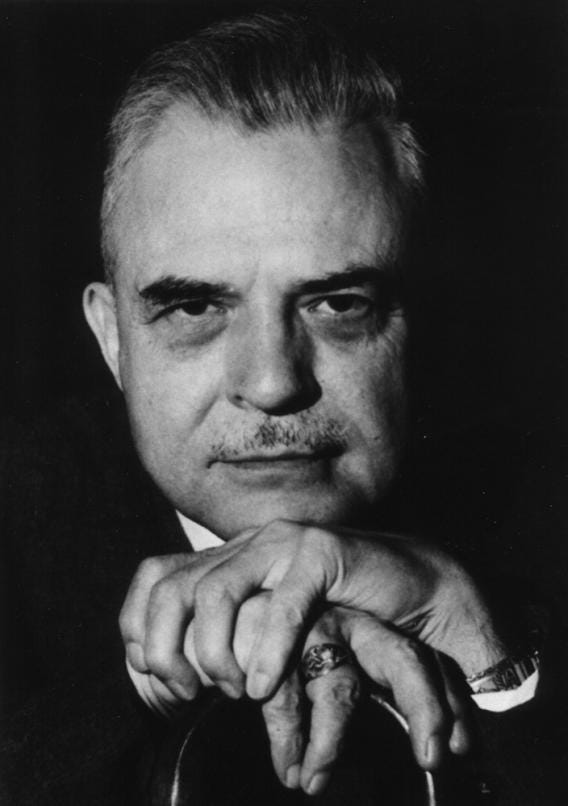ADVANCED DOUBLE BINDS IN DEBATES
by Milton H. Erickson M.D.
ADVANCED DOUBLE BINDS IN DEBATES
by Milton H. Erickson M.D.
[As you read this I want you to think about the various political debates you have witnessed in the past. Then (if you have time) go back through them and view them in terms of clandestine reverse double binds being tossed back and forth and see if they make more sense. For instance, the last debate between Trump and Hillary:
There were unspoken double binds used throughout. If you wonder why these politicians seem to turn on a dime and change the subject it is for this very reason. That is why they have the ear pieces with experts on the other end helping them play double bind judo so they don’t get pinned down into admitting guilt.]
In college I was interested in debating, but when I tried to employ the double bind I always lost.
The judges invariably sought me out after the debate to tell me that I had actually won but that I had so aroused their antagonism that they could not help voting me down. The result was that I never made the college debating team even though I was frequently proposed.
I noted in these debating contests that double bind arguments lead to unfavorable reactions when those double binds were in favor of myself against an opponent.
I learned that the competent debator was the one who presented a double bind argument in favor of his opponent and then demolished the advantage he had given his opponent.
It took me a long time to realize that when the double bind was used for personal advantage it led to bad results. When the double bind was employed for the other person's benefit, however, there could be lasting benefit.
I therefore practiced it extensively in favor of my roommates, classmates and professors with the knowledge that I would eventually use it to help patients.
When I entered psychiatry and began hypnotic experimentation at the clinical level (the experimental level had been previously explored extensively) the double bind became an approach of extensive interest for eliciting hypnotic phenomena and therapeutic responses.
In essence, the double bind provides an illusory freedom of choice between two possibilities, neither of which is really desired by the patient but are actually necessary for his welfare.
Next:
MANIPULATING CHILDREN IN THE VOTING BOOTH



